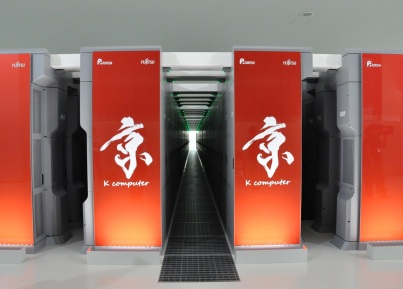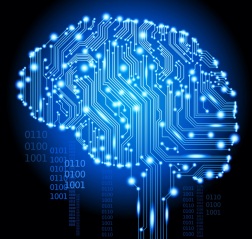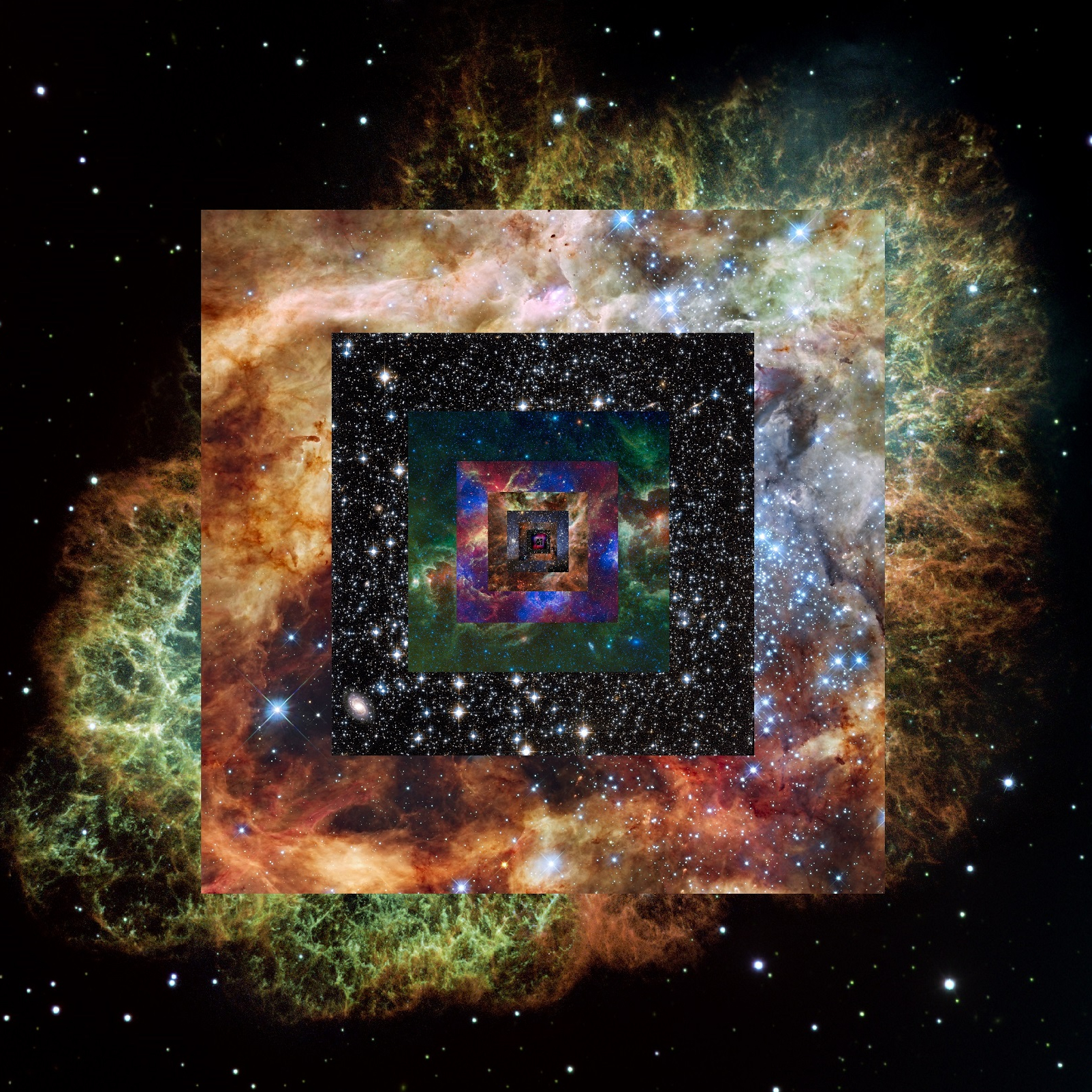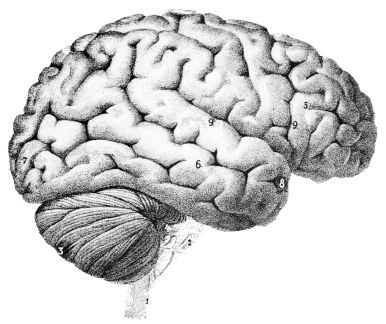The vast distance between the processing power of the human brain and that of super computers is slowly shrinking. Researchers used K computer, a Japanese petascale computer, to simulate the equivalent of a single second of the brain activity. K computer took 40 minutes to accomplish the feat of simulating approximately 1 percent of the brain’s neural network.
With 705,024 processor cores and 1.4 million GB of RAM at its disposal, the K computer took 40 minutes to model the data in a project designed to test the ability of the supercomputer and gauge the limits of brain simulation.
While computing on this scale is extremely impressive, the abilities of supercomputers are still inadequate in comparison to the insane complexity of the human brain. K computer is the fourth largest super computer in the world and costs about $10 million dollars to operate annually. The Japanese K computer consumes 12.7 megawatts per hour. According to Fujitsu that’s enough energy to power approximately 30,000 homes.
Related Article: Sweden is Running Out of Trash

It is impressive that our computers are so accurate—but that accuracy is a house of cards. A single transistor accidentally flipping can crash a computer or shift a decimal point in your bank account. Engineers ensure that the millions of transistors on a chip behave reliably by slamming them with high voltages—essentially, pumping up the difference between a 1 and a 0 so that random variations in voltage are less likely to make one look like the other. That is a big reason why computers are such power hogs.

The Neurogrid computer, developed by Kwabena Boahen of Stanford University, aims much smaller than the K computer and by virtue, much larger. While the traditional computer is strict and rigid, the Neurogrid computer is designed to accommodate for the organic nature of the brain. Instead of utilizing the efficient methods of other computer engineers, Boahen attempts to hone in on the organized chaos of the human brain.
Related Article: Electronic Brain Implants Increase Intelligence
If petascale computers like the K computer are capable of representing one per cent of the network of a human brain today, then we know that simulating the whole brain at the level of the individual nerve cell and its synapses will be possible with exascale computers – hopefully available within the next decade.
Related Article: The Singularity is Nigh Upon Us: The Merging of Humans with Technology




